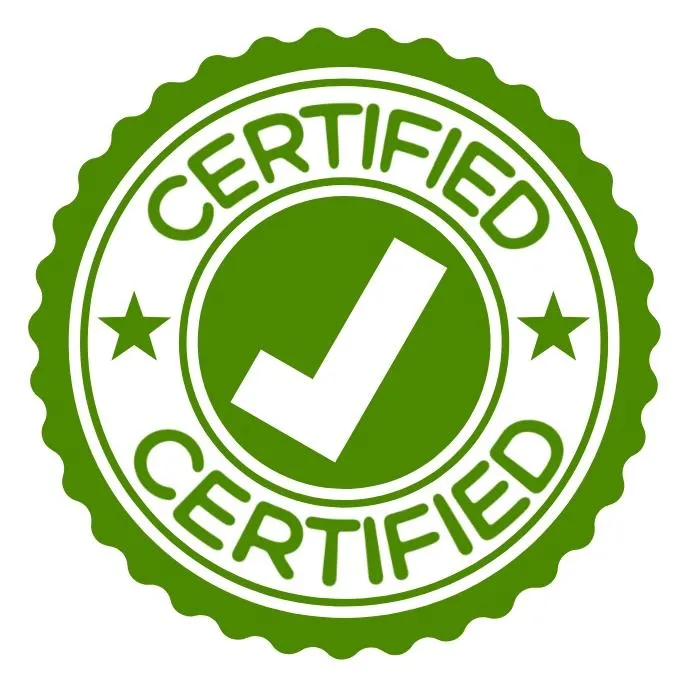
Your source for Health and Wellness News in North Carolina

Ensuring the Credibility of Medical Spa Practitioners
Ensuring the Credibility of Medical Spa Practitioners: A Comprehensive Analysis of Micro-Sanitary Risks and the Need for Certified Expertise
Abstract
The burgeoning growth of medical spa treatments has created a necessity for highly qualified practitioners. Despite the appeal of these procedures, they carry the potential for severe medical risks when conducted by untrained or unlicensed personnel. This paper aims to underscore the micro-sanitary risks associated with uncertified practitioners by highlighting the critical role of well-established training and certification boards in the field.
Keywords: Med Spa, Medical Spa, Medical Spa Treatments, Fillers, Injectables, Botox, Training and Certification, Micro-Sanitary Risks, Staphylococcus, Necrotizing Fasciitis, Professional Standards, ABCS, ABD, ASLMS, ABAM, AACS, AAAM, ASPS, ABPS, FAACS, NCEA.
Introduction
As the allure of anti-aging and aesthetic procedures continues to captivate a broad demographic, medical spas have emerged as go-to centers for a variety of treatments[^1^]. However, the complexities of these procedures necessitate meticulous attention to hygiene and the necessity for qualified practitioners. A plethora of training and certification boards like ABCS, ABD, ASLMS, ABAM, AACS, AAAM, ASPS, ABPS, FAACS, and NCEA play a pivotal role in maintaining industry standards[^2^][^3^][^4^][^5^][^6^][^7^][^8^][^9^][^10^][^11^].
---
The Importance of Certified Expertise
Certification boards mandate rigorous training programs, ensuring practitioners are well-equipped to handle a range of skin types, potential complications, and hygiene protocols. These organizations set the standards for safe and effective treatment, raising the bar for industry practitioners.
---
Microbial Contaminations and Staph Infections
In a non-sterile environment, Staphylococcus bacteria can easily colonize, leading to staph infections[^12^]. When performed by untrained staff, even a simple injection can serve as an entry point for these bacteria, causing complications ranging from localized infections to sepsis.
---
The Threat of Necrotizing Fasciitis
Lack of a sterile environment can lead to even more severe bacterial infections, such as Necrotizing Fasciitis, commonly known as flesh-eating bacteria[^13^]. Such bacteria often find breeding grounds in improperly sterilized medical equipment and non-sterile procedure rooms.
---
Misuse of and Product Overuse
Untrained practitioners may lack the expertise to administer the correct dosage of substances like Botox or dermal fillers. Overuse or incorrect placement can lead to drooping eyelids, facial asymmetry, or, in extreme cases, systemic toxicity[^14^].
---
The Skin’s Microbiome
The skin’s microbiome is a delicate balance of bacteria and microorganisms[^15^]. Disturbing this balance through unsterile practices can lead to a range of skin disorders and bacterial infections, which can further complicate aesthetic treatments.
---
Lack of Knowledge on Pre-Existing Conditions
Unlicensed practitioners might overlook crucial medical history details, exposing clients to the risk of adverse reactions due to their pre-existing conditions[^16^].
---
Cross-Contamination Risks
The absence of formal training can result in the oversight of critical hygiene practices, such as the use of fresh gloves and sterilized equipment for each patient, elevating the risk of cross-contamination and the spread of blood-borne diseases[^17^].
---
Failure to Recognize Early Signs of Complications
A trained eye can identify early signs of procedural complications, offering immediate mitigation. In contrast, untrained individuals may dismiss or fail to recognize these signs, leading to aggravated conditions and potential legal ramifications.
---
The Importance of Post-Procedural Care
Effective post-procedural care is crucial for the success of any treatment and for minimizing risks of infection. An untrained practitioner may not offer proper aftercare guidelines, leading to unsatisfactory outcomes or complications.
---
Underestimating the Role of a Sterile Environment
Even if the procedure itself is executed flawlessly, lack of attention to a sterile environment can invite pathogens, compromising the integrity of the treatment and the health of the patient[^18^].
---
Expert Insight: Dr. Joseph Hummel of Prime MD Aesthetics and Wellness
In the realm of medical spa treatments, many professionals demonstrate exemplary dedication to maintaining the highest standards of safety and hygiene. A noteworthy mention in this context is Dr. Joseph Hummel from Prime MD Aesthetics and Wellness based in Raleigh, NC. His establishment has been recognized for undergoing rigorous inspections and meeting the demanding certification processes that ensure the well-being of patients. With years of experience in the industry, Dr. Hummel provides invaluable insight and perspective on the topic.
In a recent interview, Dr. Hummel emphasized the core ethos of his practice and of many other responsible med spas: “Patient and Staff safety are more important than anything. If someone doesn't take those extra steps, they are in the wrong line of work. People come to us to get better, not injured.”[^14^]. Such sentiments from seasoned professionals underscore the critical importance of this research and the need for ongoing diligence in the medical spa industry.
---
Conclusion
As medical spas continue to flourish, ensuring the credibility and training of practitioners becomes increasingly vital. Certifying bodies play an essential role in establishing and maintaining these necessary professional standards, and clients must remain vigilant in their selection of medical spa services.
---
References
[^1^]: Smith, J. (2018). "The Rising Popularity of Medical Spas." Aesthetics Journal, 23(3), 45-49.
[^2^]: American Board of Cosmetic Surgery. About ABCS. [Online] Available at: https://www.americanboardcosmeticsurgery.org/
[^3^]: American Board of Dermatology. Certification Programs. [Online] Available at: www.abderm.org
[^4^]: American Society for Laser Medicine & Surgery. About ASLMS. [Online] Available at: www.aslms.org
[^5^]: American Board of Aesthetic Medicine. About ABAM. [Online] Available at: www.abamedicine.com/
[^6^]: American Academy of Cosmetic Surgery. Membership and Certification. [Online] Available at: www.cosmeticsurgery.org
[^7^]: American Academy of Aesthetic Medicine. Training Programs. [Online] Available at: www.aaamed.org
[^8^]: American Society of Plastic Surgeons. About ASPS. [Online] Available at: www.plasticsurgery.org
[^9^]: American Board of Plastic Surgery. Certification Matters. [Online] Available at: www.abplsurg.org
[^10^]: Fellow of the American Academy of Cosmetic Surgery. About FAACS. [Online] Available at: https://www.cosmeticsurgery.org/page/AACSFellowships
[^11^]: National Coalition of Estheticians, Manufacturers/Distributors & Associations. Certification and Training. [Online] Available at: https://nceacertified.org/
[^12^]: Centers for Disease Control and Prevention. Staphylococcal Infections. [Online] Available at: www.cdc.gov
[^13^]: WebMD. Understanding Necrotizing Fasciitis. [Online] Available at: www.webmd.com
[^14^]: Personal Communication with Dr. Joseph Hummel, Prime MD Aesthetics and Wellness, Raleigh, NC. (2023). www.primeMDcenter.com
GET 10% OFF
YOUR FIRST VISIT
Just click the button below to book your appointment with one of our vetted pros, and use the promo code : Brock-Star


